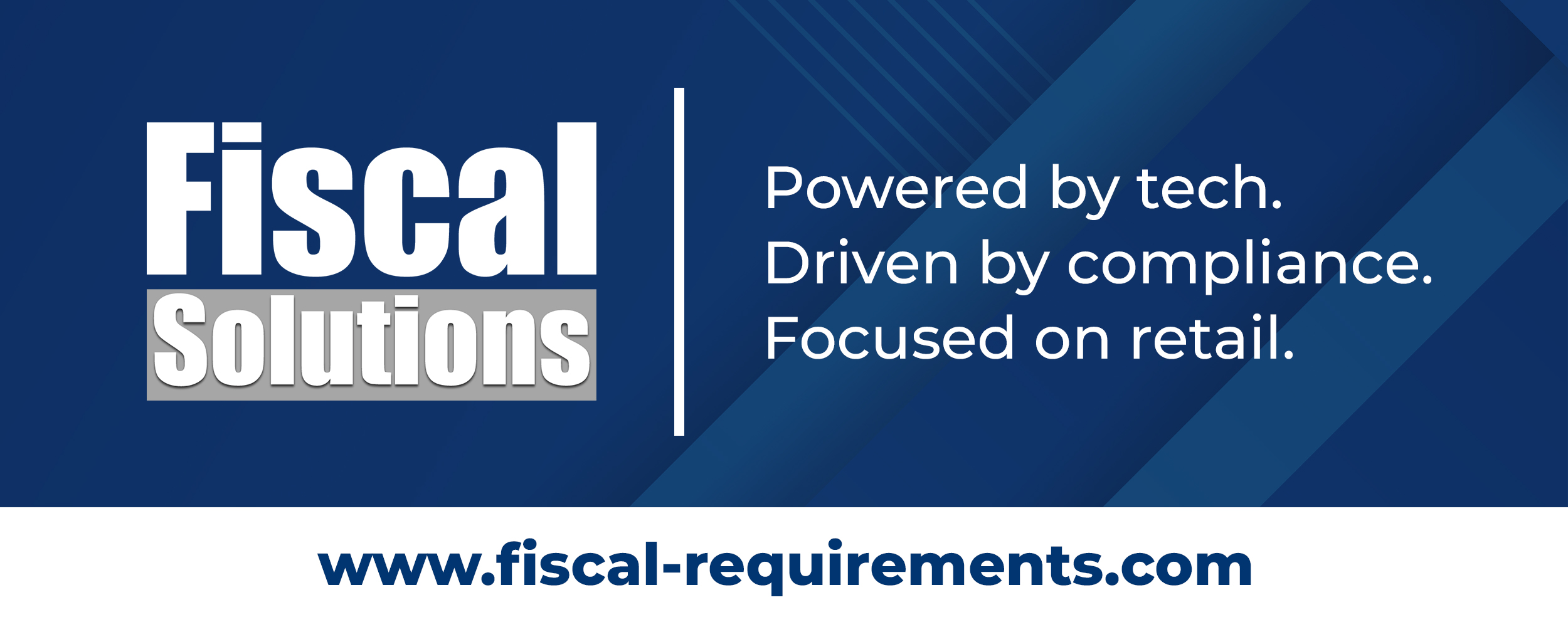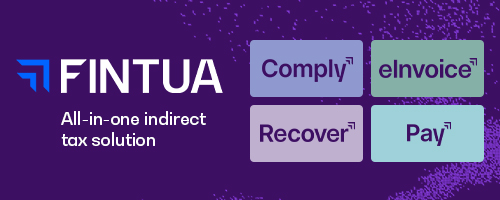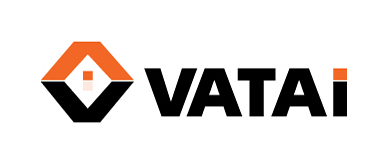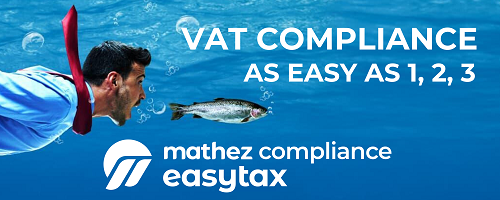- Indirect tax includes VAT, GST, and sales tax, and is crucial for cross-border business.
- Unlike direct taxes, indirect taxes are collected by businesses for governments throughout the supply chain.
- Compliance with indirect tax is complex and constantly changing.
- Global and digital economies have increased the demands of indirect tax compliance.
- Governments are enhancing regulations, digital reporting, and real-time e-invoicing to improve transparency.
- Finance and tax teams face pressure to comply accurately in all jurisdictions.
- The guide aids finance professionals in understanding indirect tax compliance.
- Indirect tax is collected by businesses and paid by consumers, unlike direct taxes paid directly to authorities.
- Common indirect taxes include VAT, GST, sales tax, and customs duties.
- Direct taxes are based on income or profits, while indirect taxes are based on consumption or transactions.
- Consumers bear the economic burden of indirect tax, while businesses handle the administrative burden.
- Accurate calculation, collection, reporting, and remittance of indirect tax are crucial to avoid penalties.
- Indirect tax compliance requires precision, local knowledge, and team coordination.
Source: fintua.com
Click on the logo to visit the website
Subscribe to the FINTUA Newsletter
Note that this post was (partially) written with the help of AI. It is always useful to review the original source material, and where needed to obtain (local) advice from a specialist.
Latest Posts in "World"
- Mitigating VAT Non-Compliance Risks: Costs, Penalties, and Strategies Across Multiple Jurisdictions
- Updated Peppol Whitepaper
- Understanding the Peppol Directory: Participant IDs, SML/SMP, and Access Points Explained (2025)
- The AI Shift: Transforming Enterprise Innovation with Fintua, AWS, and Uber
- September 2025 Tax Headlines: Global VAT News















